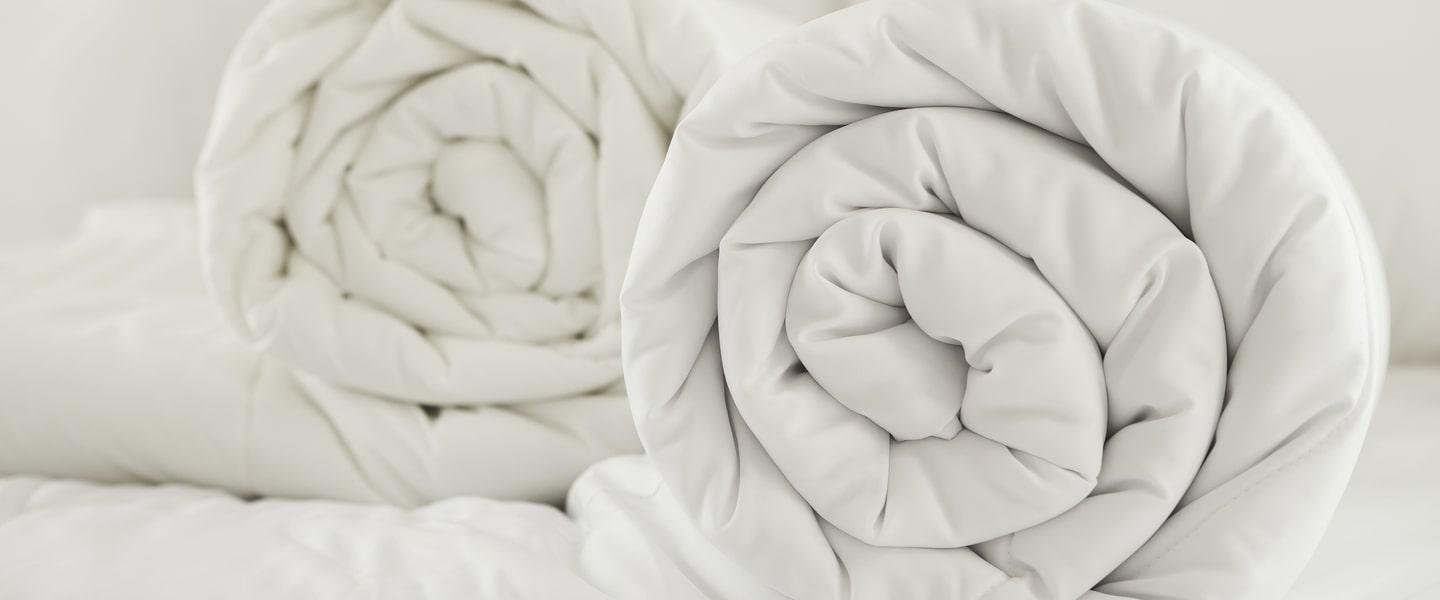How to Choose a Duvet: Find Out What's Best for You
Your duvet keeps you warm and covered at night, ensuring a comfortable sleep. You spend about a third of your life in bed, so you want to invest wisely in your bedding and get a good duvet. That said, there is no hard-and-fast rule for what makes the "perfect" duvet.
Several duvets are available, featuring variations in tog rating, filling, seasonal appropriateness, and size. Different people have different preferences for their bedding, so there is no one "best" duvet out of them all.
It's up to you to do your research about your duvet options to figure out which one suits your needs. This guide covers the key characteristics of the various types of duvets so you can determine which style is right for you. Read on to learn how to choose a duvet.
Choosing the right duvet tog rating
Duvets have their very own measurement system for how warm they are, known as duvet togs. A duvet's tog rating refers specifically to how warm it is, not how thick it is or from which materials it's made.
Just because a duvet is particularly fluffy doesn't mean it's going to be very warm. It's all about the tog rating! The tog scale is straightforward, ranging from 1 (the coolest) to 15 (the hottest). Find out what to expect from various tog ratings and how to choose a duvet tog below.
4.5 tog duvets
A 4.5 tog duvet is generally considered a summer duvet and one of the best duvets for night sweats. It's on the cooler end of the spectrum and not designed to offer maximum insulation. You can still expect good breathability, helping you to avoid those summer-night sweats you might otherwise experience with a heavier duvet.
Check your current duvet's tog rating if you struggle to sleep when it's too warm out. If it's above a 4.5 tog, consider going lower. If you're worried that a 4.5 tog duvet won't be sufficient as the night cools down, you can pair it with a higher tog duvet or simply an extra blanket.
7.5 tog duvets
If you live in a cooler climate or like to jack up the air conditioning at night in the summer, a 4.5 tog duvet may not be sufficient even in the warmer months. In this case, consider a 7.5 tog duvet. This tog will offer a bit of extra warmth to ensure you don't get a chill.
A 7.5 tog duvet can also be an excellent option for transitional seasons. Autumn and spring can be unpredictable weather-wise, with fluctuating temperatures. Getting a mid-range 7.5 tog duvet will help you stay warm enough on cooler nights without leaving you baking on warmer nights.
10.5 tog duvets
If you only want to invest in one decent duvet, a 10.5 tog duvet is your best bet (the exception being if you live in hot climates without a real winter). The 10.5 is the most common duvet tog rating, and offers sufficient warmth all year round if you have central heating.
However, remember a 10.5 tog duvet may be too toasty for little kids, especially if they like to sleep in long-sleeved pyjama tops and bottoms. You can get unique kids-size duvets in an appropriate tog rating.
13.5 tog duvets
If you're worried about staying warm in winter, opt for a 13.5 tog duvet. This tog is sure to keep you toasty, even if you don't crank the heat at night. That said, this tog rating may be hot for the summer months, so it's wise to get a second duvet with a lighter rating.
15 tog duvets
Finally, if you're someone who tends to get cold at night, a 15 tog duvet is for you. This duvet has the highest possible tog rating, and you won't find a warmer duvet than this. As with the 13.5 tog rating, you may find that a 15 tog duvet is far too warm in the summer months.
Therefore, it makes sense to get a lighter tog-rated duvet as well. While it may seem excessive to have more than one duvet, it can come in handy. First, this is the easiest way to ensure your comfort, whatever the weather. Further, an extra duvet can be helpful for house guests.
Choosing the right duvet filling
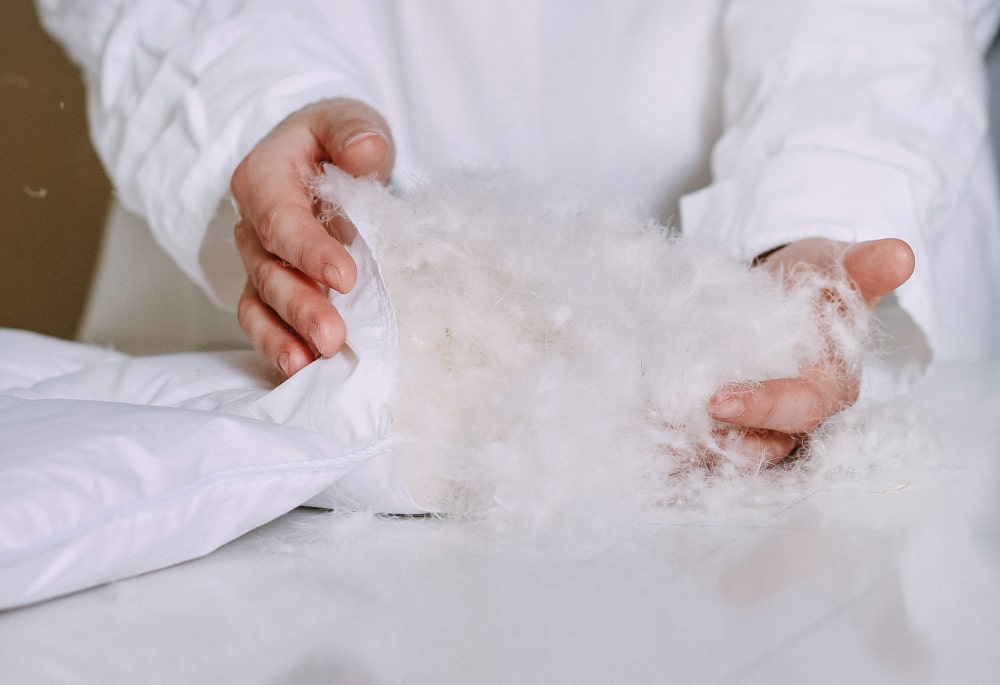
The next point to consider when selecting a duvet is the filling. It’s significant because the filling can impact key characteristics like fluffiness. While the duvet's casing is what comes into contact with your skin, the filling will affect the overall feel and comfort level.
Duvets generally have one of two types of fillings, natural or synthetic, with various subcategories within each type. Filing also tends to impact price points. For example, down duvets may be pricier. Discover the different types of duvet fillings below.
Natural fillings
There are three main types of natural fillings: feather-filled, down-filled, and a combination of feather-and-down-filled duvets.
Feather Filled Duvets
A feather duvet is filled with a bird's outer feathers, especially those found along the back and wings. These feathers are pretty large and contain a quill. Feather duvets tend to be quite heavy, chunky, and flat, creating a weighty effect.
One drawback of feather-filled duvets is the quills. If you don't have a robust, sturdy duvet cover, the spiky quills may poke through. It can be pretty uncomfortable, as the quills may scratch and poke at you. With a thick duvet cover, however, this shouldn't be an issue.
Down Filled Duvets
A down-filled duvet is made of the downy feathers found underneath the outer layer of a bird's feather. Down is found predominantly along the underside of the bird, along the belly. Unlike the outer feathers, down is much smaller, lighter, and fluffier. Plus, it doesn't have spiky quills.
Down-filled duvets are lighter, airier, and more breathable than feather duvets. They’re also more malleable. Down offers superior insulation compared to features and, as a result, a down-filled duvet is generally more expensive.
Feather and Down Filled Duvets
If you don't want a pure down-filled duvet, you might opt for a feather-and-down mix. This choice will give you the fluffiness and insulation of a down duvet but with a smaller price tag that won't break the bank.
You need to consider the type of feather and down you are interested in. Your main options are goose or duck. Usually, goose down is deemed to be superior and will also cost you more. This heftier price tag is because a goose's down has better insulating qualities than duck.
Synthetic Hollowfibre Duvets
The primary type of synthetic duvet fillings is known as synthetic hollowfibre. Hollowfibre duvets are known for their durability and affordability. They are straightforward to maintain, as they can be machine-washed easily.
Hollowfibre duvets also wear well and hold up over time. Another benefit of the synthetic material is hypoallergenic qualities, making it an excellent pick for people with allergies. As anyone with allergies knows, being able to sleep without wheezing or sniffling is a significant asset!
That said, hollowfibre duvets tend to wear down more quickly than those with natural fillings. With proper care, you can expect a hollowfibre duvet to last about five years. This is half the average lifespan of a feather-and-down duvet, which can last up to a decade with proper care.
Choosing the right duvet for the season
When choosing a duvet, you need to consider the season. Usually it makes sense to have at least two duvets, one for the warmer months and one for the cooler months. Doing this ensures that you can sleep comfortably all year round.
If you don't want to deal with double duvets, you can invest in a single all-season duvet. But just what's the difference between summer versus a winter versus an all-season duvet? Read on to find out.
Summer duvets
A summer duvet is ideal if you are a warm sleeper. While some people tend to get chilly at night, others are more prone to overheating and experiencing night sweats. Opt for summer duvets if you like to sleep at a warm temperature or naturally get hot.
Summer duvets are lighter, less bulky, and more breathable. They should have a lower tog score, usually of no more than 7.5. Any higher, and the duvet can no longer be considered a summer duvet.
Optimise the light and airy feel of a summer duvet by selecting an appropriate duvet cover. Instead of a heavy material like fleece or flannel, opt for something light like silk or satin. The correct cover will allow you to make the most of your summer duvet.
Winter duvets
If you prefer a warmer blanket at night, then a winter duvet is for you. These duvets tend to be thicker and heavier. They will also have a higher tog rating, making them more suitable for those chilly winter months. Winter duvets can have tog ratings as high as 15 - the very maximum.
As with a summer duvet, you can make the most of your winter duvet by picking the appropriate coverage. In this case, steer clear of lighter fabrics like silk or satin. Instead, opt for something durable and warm, like cotton. Flannel is another option if you like to be cosy.
If you tend to have a high core body temperature and get sweaty at night, a winter duvet may not be the best pick for you. Investing in a breathable, sweat-wicking duvet cover can be the solution. This way, you will get the warmth you need while staying comfortable.
All season duvets
If you don't want a summer or a winter duvet, you can strike a happy medium with an all-season duvet. This type of duvet is uniquely designed to suit your sleeping needs all year round, whatever the season.
An all-seasons duvet combines two duvets with different tog ratings, a summer and a winter model. The duvets can be combined using plastic fasteners or buttons, and this combination ensures maximum versatility, allowing you to switch or connect duvets as needed.
Choosing the right duvet size
Finally, to find a good duvet you have to consider the size. This choice is straightforward, as duvets generally come in standardised sizes that correspond to standard bed mattress sizes. Single duvets, double duvets, king duvets, and super king duvets are the most common sizes you'll see.
When selecting the duvet size, you likely want something that's at least as large as your bed. Most people prefer to go a size larger, allowing the duvet to hang over the edges. This also gives you some extra duvet to snuggle into at night.
If you want to go this route, look for a duvet that measures longer and wider than your mattress size. If you aren't sure what size your mattress is, grab a measuring tape to take measurements.
Others may prefer to go a size smaller. For example, you might be a couple with a king-sized bed, but each of you likes to have their own blanket. In this case, you might get two twin-sized duvets. It depends on what you're most comfortable with.
Of course, there are also special considerations. As mentioned above, if you are looking for a duvet for a child, you will need to get a kids-friendly duvet. These come in smaller sizes, have a tog of 4.0 or less, and are sized to fit a child's mattress size. Read our guide on when a baby can have a duvet for more guidance.
Factors to consider when picking a duvet
There are many factors when deciding how to choose a duvet. Critical considerations include the tog rating, duvet filling, season, and size. In some cases, you may want to invest in multiple duvets to deal with different seasons.
There is no one "right" duvet to suit every person's tastes. Your bed is your personal space, and your bedding should reflect that and take your unique preferences into account. The great news is that there are many options to choose from, so you're sure to find the perfect duvet for you.
For more advice on whether synthetic or natural fillings are best for you, get in touch with our team at Sleepseeker. We have a variety of duvets and pillows available for you to choose from for your home.
What's trending now...
-
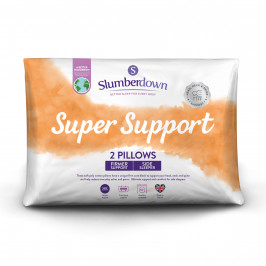
Slumberdown Super Support Firm Support Side Sleeper Pillow, 2 Pack
£17.00
Shop Now -
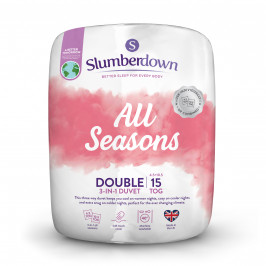
Slumberdown All Seasons Combi 15 Tog (10.5 + 4.5 Tog) Double Duvet
£30.50
Shop Now -
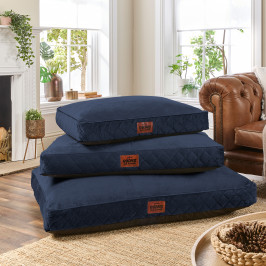
Slumberdown Paws for Slumber Navy Pet Bed, Large
£49.00
Shop Now -
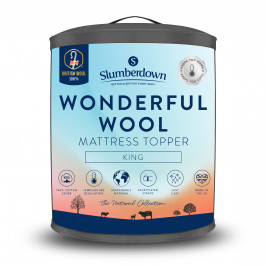
Slumberdown Wonderful Wool Mattress Topper, King
£60.00
Shop Now -
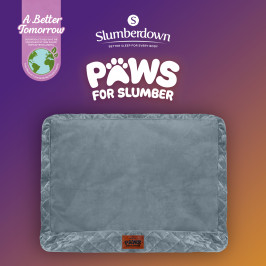
Slumberdown Paws for Slumber Extra Large Pet Bed Spare Cover, Grey
£20.00
Shop Now -
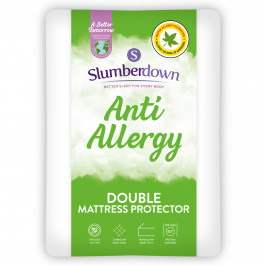
Slumberdown Anti Allergy Mattress Protector - Double
£20.50
Shop Now -
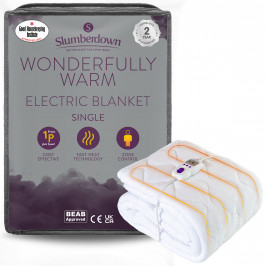
Slumberdown Wonderfully Warm Electric Blanket - Single
£60.00
Shop Now -
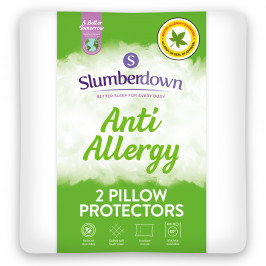
Slumberdown Anti Allergy Pillow Protector - Pack of 2
£15.50
Shop Now -
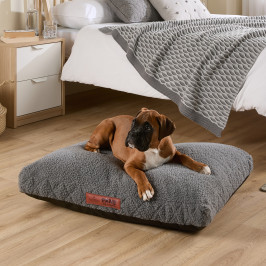
Slumberdown Paws For Slumber Sherpa Pet Bed, Medium
From: £25.00
Shop Now -
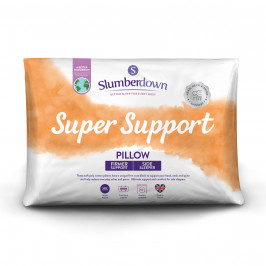
Slumberdown Super Support Firm Support Side Sleeper Pillow
From: £17.00
Shop Now -
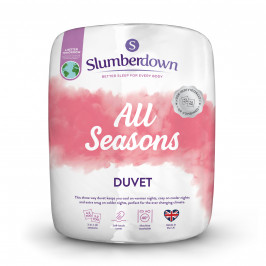
Slumberdown All Seasons Combi Duvet
From: £25.50
Shop Now -
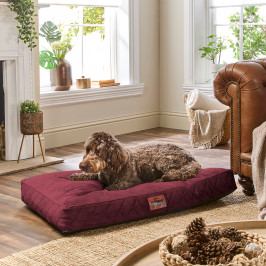
Slumberdown Paws for Slumber Large Pet Bed
From: £49.00
Shop Now -
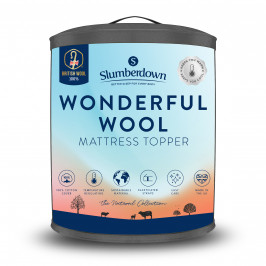
Slumberdown Wonderful Wool Mattress Topper
From: £54.50
Shop Now -
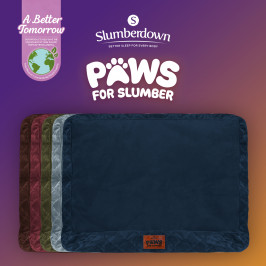
Slumberdown Paws for Slumber Extra Large Pet Bed Spare Cover
From: £20.00
Shop Now -
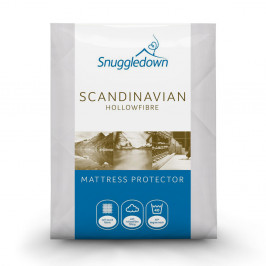
Snuggledown Scandinavian Hollowfibre Mattress Protector
From: £14.00
Shop Now -
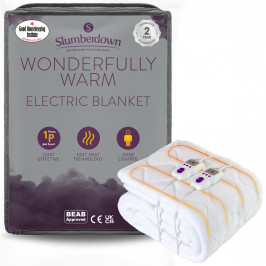
Slumberdown Wonderfully Warm Electric Blanket
From: £60.00
Shop Now -
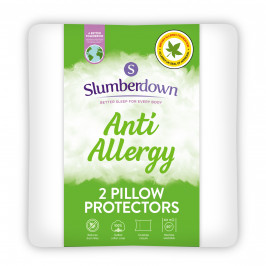
Slumberdown Anti Allergy Pillow Protector
From: £15.50
Shop Now -
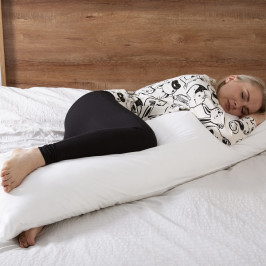
Slumberdown Body Support Pillow, 1 Pack, Includes 100% Cotton Pillow Case
£20.00
Shop Now -
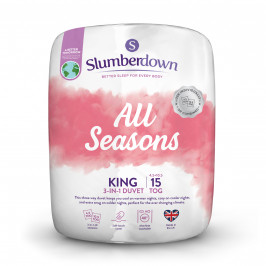
Slumberdown All Seasons Combi 15 Tog (10.5 + 4.5 Tog) King Size Duvet
£34.00
Shop Now -
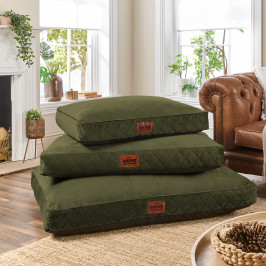
Slumberdown Paws for Slumber Olive Green Pet bed, Medium
£39.00
Shop Now -
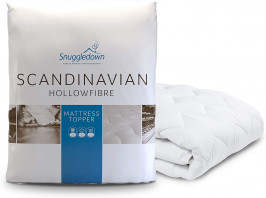
Snuggledown Scandinavian Hollowfibre Mattress Topper - Super King
£35.50
Shop Now


